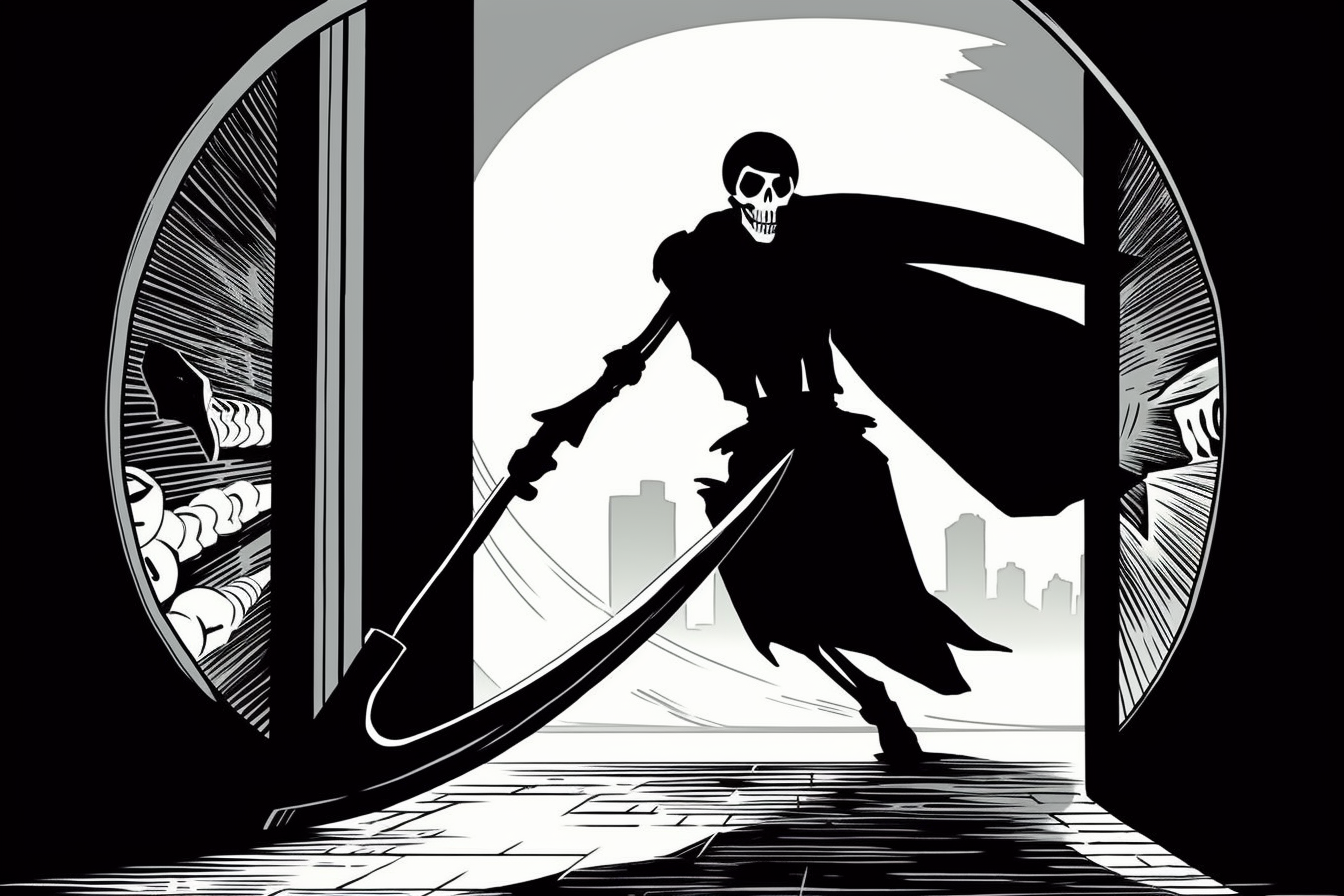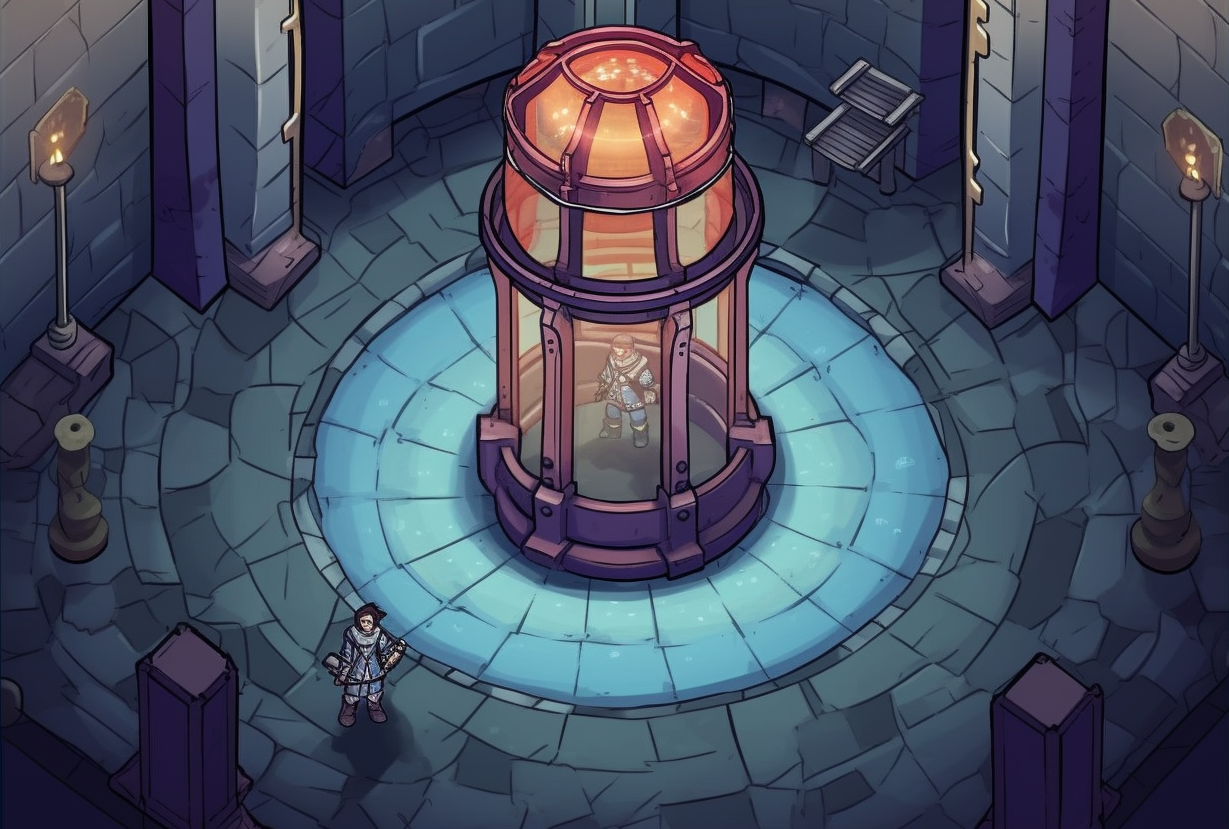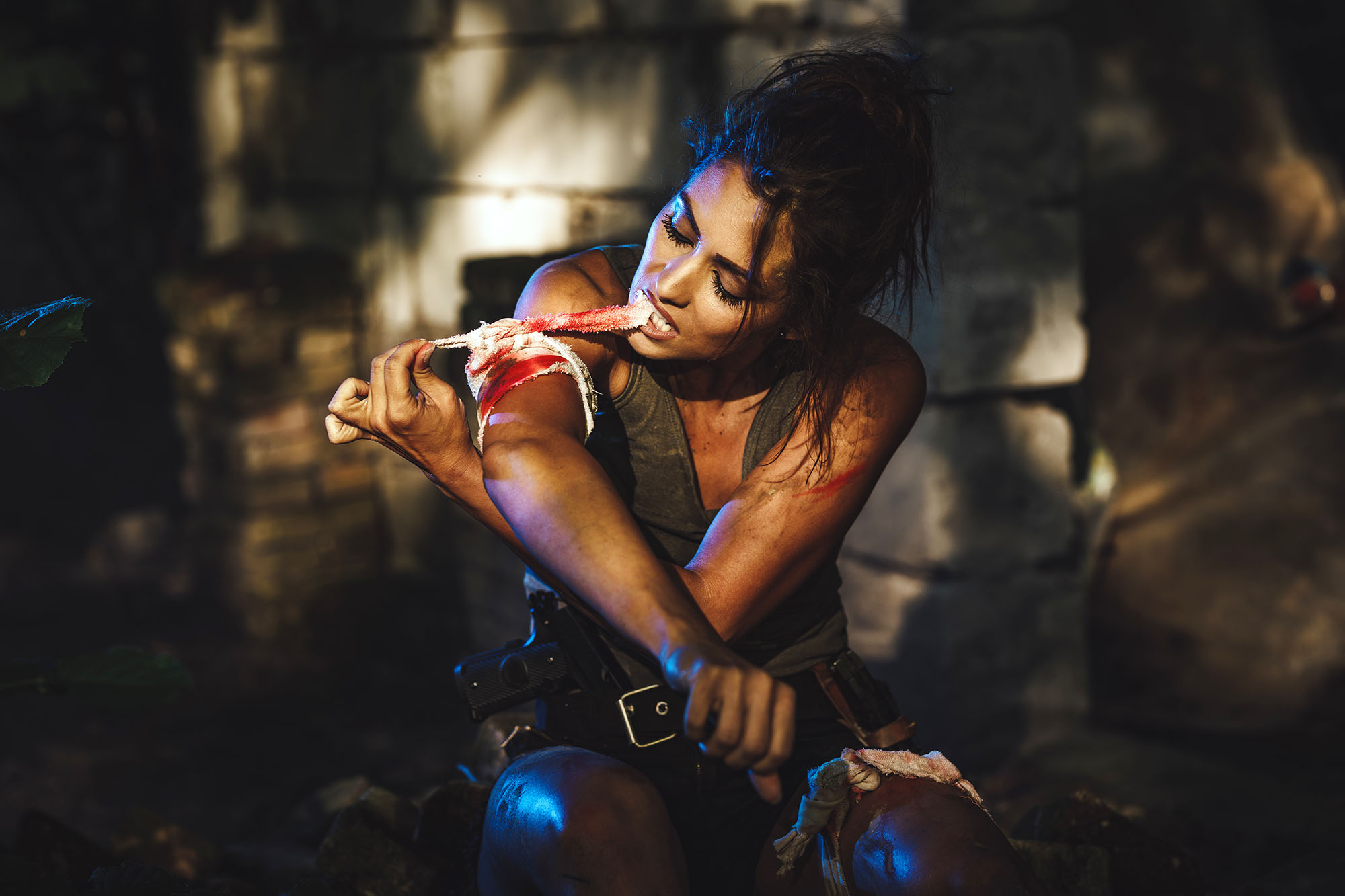
DISCUSSING
In the Shadow of the Spire – Session 31D: The Midnight Watch
Tee floated up to the roof and kept an eye on the street to make sure that he wasn’t actually leaving the building. A few minutes later, however, she saw a light through the rear windows of the building moving back towards the room with the corpse. She returned to the window in time to see a group of several people return: The same grey-robed man was accompanied by two others wearing serpent symbols and a fourth man with a large tattoo in the shape of a black hand on his throat.
After no more than a cursory inspection of the corpse, the group fell into arguing with each other. Tee was having problems hearing, so she cautiously cracked the window open.
NPCs talking to each other.
…
I have felt a great disturbance in the Force. As if millions of GM spines suddenly shivered at once and in unison.
Roleplaying one character is tough. Roleplaying two characters is tougher. Roleplaying two characters talking directly to each other sometimes feels completely impossible. (Dial up your terror level as the number of NPCs increases.)
In practice, this is the result of two distinct challenges.
First, putting words into the NPC’s mouths. Literally just figuring out what they’re actually going to say.
Second, making it clear to the players which NPC is talking (and who they’re talking to).
Of course, neither of these challenges are unique to scenes featuring multiple NPCs. Whenever the PCs interact with an NPC, we must establish who’s speaking and then play the role (i.e., figure out what they say). The exponential complexity arises from switching, often rapidly, between roles, turning simple performance — which can be difficult enough in its own right — into a juggling act.
Unfortunately, I don’t have a magic wand I can wave to make this simple for you. But here’s a cluster of techniques that I use to turn the untenable into the manageable.
First, universal roleplaying templates. I make a point of prepping these for major NPCs, and particularly for those that I know (or suspect) will be putting in an appearance during a big social event. A key utility feature here is that each template appears on a separate sheet. That might be a full A4/Letter sheet, or it could be a half sheet. Regardless, you want a separate sheet for each NPC because it allows you to easily grab the NPCs you need and lay them all out on the table in front you. This allows you to easily swap from one character to another by just flicking your eyes around.
With a little extra effort, you can make tent cards for the NPCs. Put a picture on one side and their name on the other, then put them on the table or drape them over the top of your GM screen where both you and your players can see them.
(For NPCs with shorter write-ups, you might even be able to fit all their info — or maybe just duplicate the most important info — on the back of each card.)
These tent cards make it very easy for everyone to keep track of which NPCs are present in the current scene (or the current grouping within a larger party scene). It can also vastly simplify indicating who the current speaker is: Simply pick up the appropriate tent card, then set it back down when they’re done talking.
Another trick for indicating current speaker is body position. Just sort of flipping back and forth in your chair can feel silly. It can be more effective, rather than thinking about the act of turning back and forth, to pick a point of focus for each NPC. (For example, King Abelard is looking at the dragon statuette in the corner to your right and Lady Beatrice is looking at the AC/DC poster on the wall to your left.) When the NPCs are talking to each other, just have them address the appropriate point of focus.
You might also consider standing up. Simply moving from the left side to the right side of your chair can feel more natural than spinning in place, while having an even greater clarity for the players. (Each NPC literally gets their own physical space in the game room, even if it’s only a slight distinction.)
Finally, returning to the roleplaying template, I highly recommend making sure each character has a distinct physical mannerism (stroking their beard, tapping their fingers together, bawdy winking, running their fingers through their hair, tugging their ear nervously, an accent, etc.). Such mannerisms not only help clue the players into which character is speaking, they can also make it a lot easier for you to switch between characters: The mannerism becomes a convenient hook for picking the character up and sliding into the role. Swapping from tugging your ear to stroking your imaginary beard is a mnemonic that helps easily propel you from one POV to the other.
Speaking of POV, that brings us to arguably the most difficult part of the whole exercise: Figuring out what each character is saying.
What I recommend here is to really clearly define for yourself what each character’s objective is. Why are they participating in this discussion? What are they trying to achieve? Don’t get wishy-washy with this. The more specific it is — and the more motivated they are to get it — the easier it will be find their words.
If you want to get more technical with this, then start thinking in terms of tactics: How is the NPC trying to achieve their goal? Once again, making this as specific as possible (she’s going to blackmail him with the photos to make him steal the vault codes; he’s going to appeal to the duke’s sense of morality; the goblin is going to lie about he saw) will make it easier for you to flip to the other side of the conversation and ask, “Does that work?” (And, if not, why not?) If you’re uncertain, then play the uncertainty. Or make a dice roll to resolve it.
“Reggaloch’s dead, Gavele. Theral found the body here.”
“Theral killed him you mean!” Vocaetun shouted.
While the other cultists went back to arguing, Gavele knelt down next to Reggaloch’s body and did a more thorough inspection of the corpse. Unnoticed by the others (but not unnoticed by Tee), she found a note and slipped it into her pocket. Then she stood up.
“That’s enough,” she said. “Reggaloch has been dead for days. Give the body to the thralls. They’ll eat it up. Then come with me and we’ll settle this. You really don’t want me to have to bring this idiocy to Illadras’ attention.”
Finally, if each character has clearly defined and opposing objectives in the scene, it will become a lot easier to identify when the scene is over (i.e., when one of the characters has achieved their objective). That will help make sure that the conversation doesn’t just kind of whimper out or continue forever without any sort of resolution.
Campaign Journal: Session 31E – Running the Campaign: Gore-Spattered Reactions
In the Shadow of the Spire: Index
















